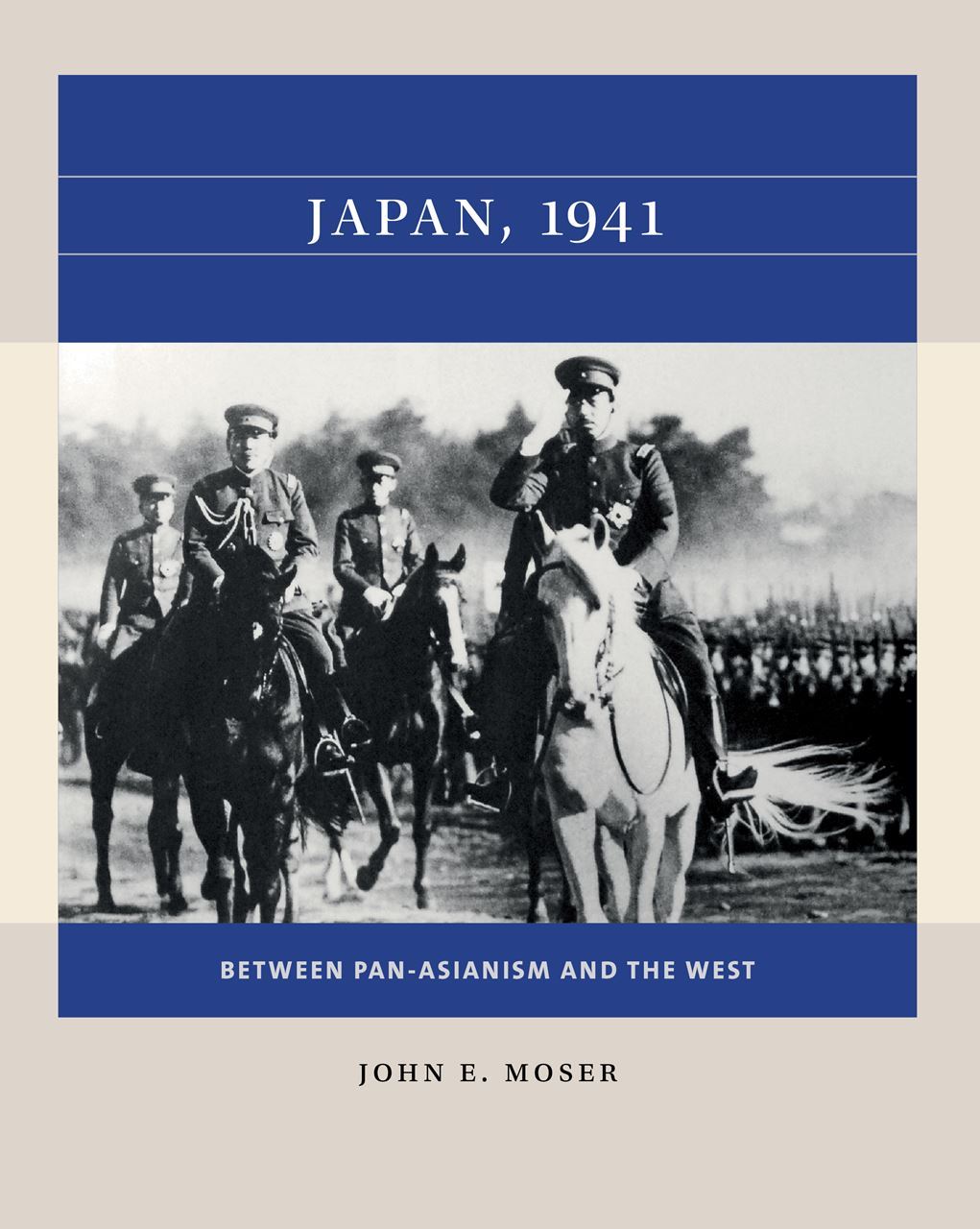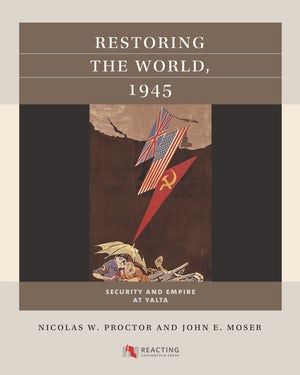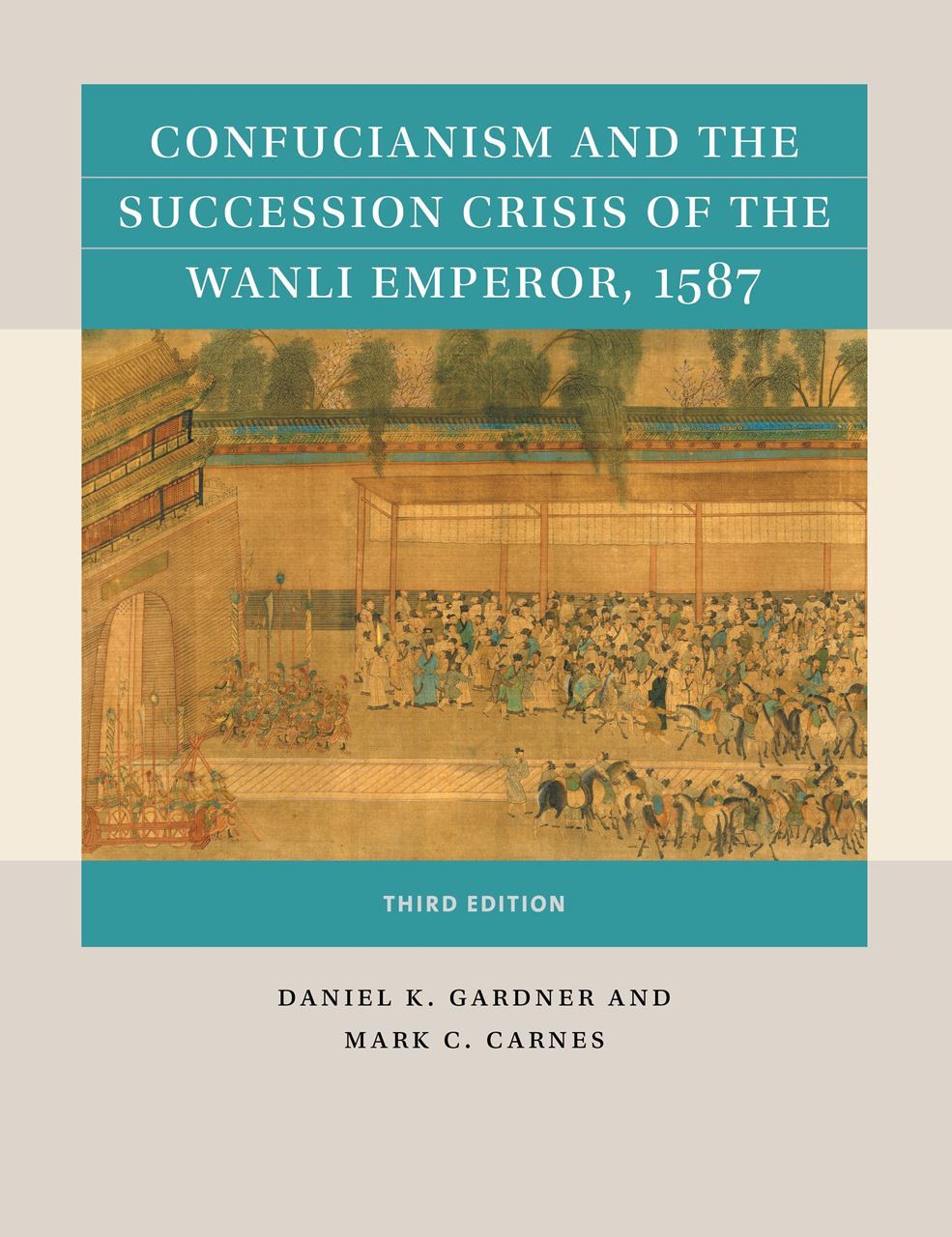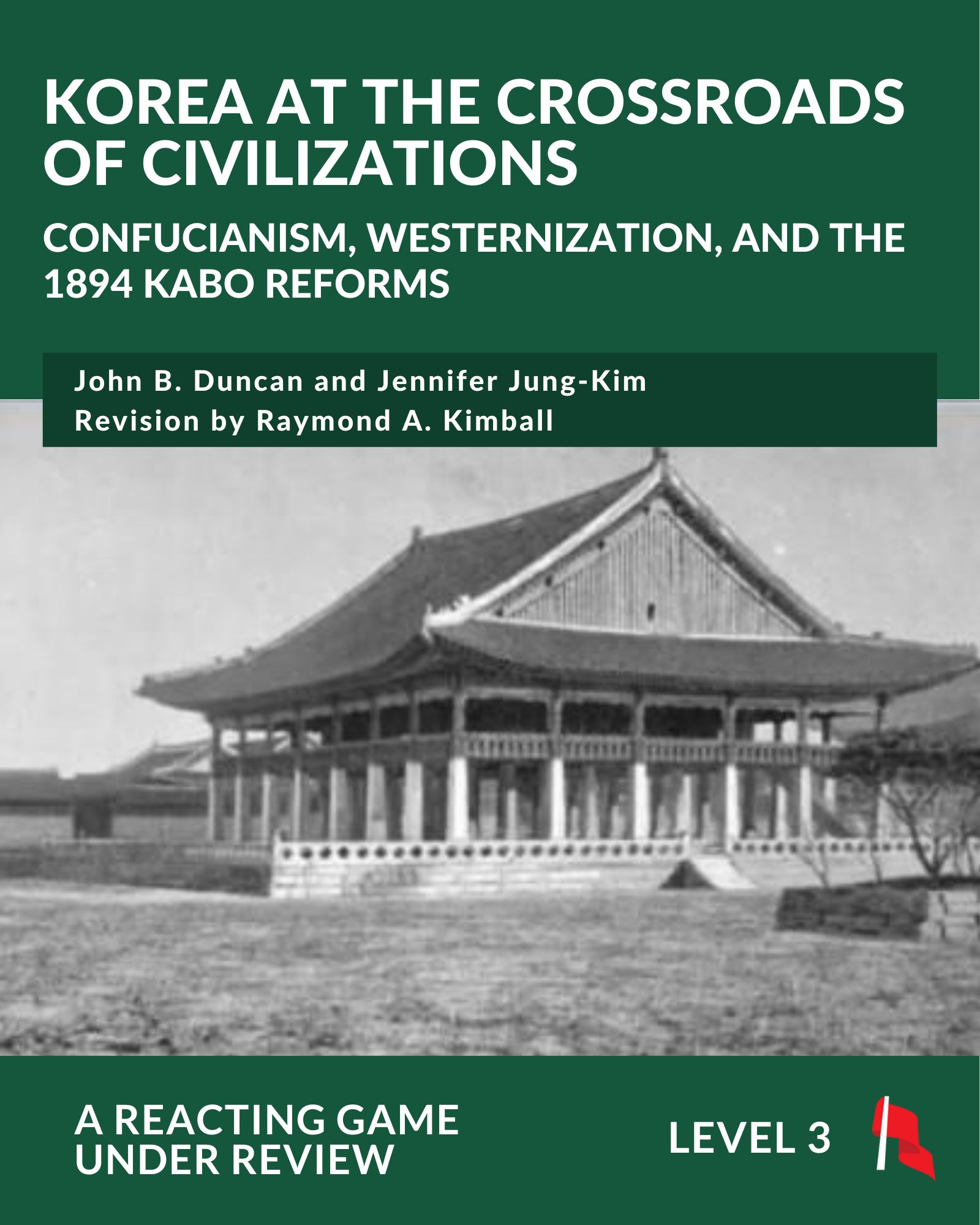Should Japan pursue the goal of pan-Asianism, even if it means war against the West? It is September 1940. It has been just over three years since the beginning of the “China Incident,” in which Japan has sought by force to bring about an anti-Western, anti-Soviet partnership with China. Yet after a series of stunning victories, the war has settled into a frustrating stalemate. Worse, while officially neutral, the United States, Great Britain, and the Soviet Union have been assisting the Chinese, and are threatening economic sanctions against Tokyo. With few natural resources of its own, Japan’s industrial economy depends on imported raw materials—particularly oil. However, Germany’s recent conquests in Europe may have just presented Japan with a golden opportunity, as French, Dutch, and British possessions in Asia lay largely undefended. Taking on the roles of leading figures in Tokyo, participants are thrust into the middle of Japan’s strategic dilemma. Drawing on important works from Japan’s past, they must advise the emperor on how to proceed. Will they call for a “strike south” to seize the natural resources of Southeast Asia—even at the risk of war with Britain and America? Or will they seek an understanding with England and America—even if it means giving up the ideal of a pan-Asian partnership? Similarly momentous decisions must also be made on domestic policy. How will Japan’s increasingly scarce resources be allocated? Will the economy be subject to further state control? |
Details
|
Using the Game
Class Size and Scalability Class Time
|
 GAME MATERIALS
GAME MATERIALS
Confirmed instructors who are not yet members can access basic instructor materials. Reacting Consortium members can access all downloadable materials (including expanded and updated materials) below. You will be asked to sign in before downloading.
Gamebook Students need a Gamebook, which includes directions, resources, and historical content. The Japan, 1941 Gamebook is published by UNC Press. Paperback ISBN: 978-1-4696-7065-2 Published July 2022 Available wherever books are sold. | Role Sheets Students also need a Role Sheet, which contains biographical information, role-specific resources or assignments, and their character's secret victory objectives. .zip file of .pdf files. | Instructor's Manual The Instructor's Manual includes guidance for assigning roles, presenting historical context, assignments, activities and discussion topics, and more. .docx file .zip file of .pdf files. |
John E. Moser
John E. Moser is professor of history and chair of the masters program in American History and Government at Ashland University. He did his undergraduate work at Ohio University, and has an M.A. and Ph.D. in history from the University of Illinois at Urbana-Champaign. At Ashland he teaches courses on modern European, American and East Asian history, and in 2016 received the university’s Edward and Louaine Taylor Award for Excellence in Teaching. John has published numerous works on subjects ranging from comic books to Japanese foreign policy. He is author of four books, the most recent of which is The Global Great Depression and the Coming of World War II, which was published by Routledge in 2015. He has also published three games for the Reacting to the Past series, including Japan, 1941: Between Pan-Asianism and the West; Europe on the Brink, 1914: The July Crisis; and (with Nicolas W. Proctor) Restoring the World, 1945: Security and Empire at Yalta. He lives in Ashland with his wife Monica, their daughter Stanzi, and their three dogs. | Reacting and Related Titles
|
Reviews
"One of this game's greatest strengths is that it gives the ‘other side’ of one of the most (im)famous moments in American history, and places it in its cultural and historical context. As an exercise, it is one of the most perfect moments to set an RTTP game. It also challenges students with a level of complexity and sets them against each other beyond most other games because the factions are very internally divided as people jockey for power." | "John has written an incredibly well-thought out and coherent game explaining what brought Japanese leaders, in many cases against their better judgement, to attack the United States. The role sheets are thorough and clear, the rules simple and clearly explained, and the documents well chosen. Any student who plays this game will emerge with a radically expanded understanding of the way the Pacific War came to be." | " I am looking forward to playing this game at some point. My specialty is politics and international relations so finding games that speak as much to the political dynamics as the intellectual dynamics is more difficult. Many of the games are extremely interesting but less useful in a political science class. This is a game that serves history, culture, and politics equally well. It is a great strength of the game that it can do so much." |
Members can contact game authors directly if they have questions about using the game. We also invite instructors join our Facebook Faculty Lounge, where you'll find a wonderful community eager to help and answer questions.
|
|
|





